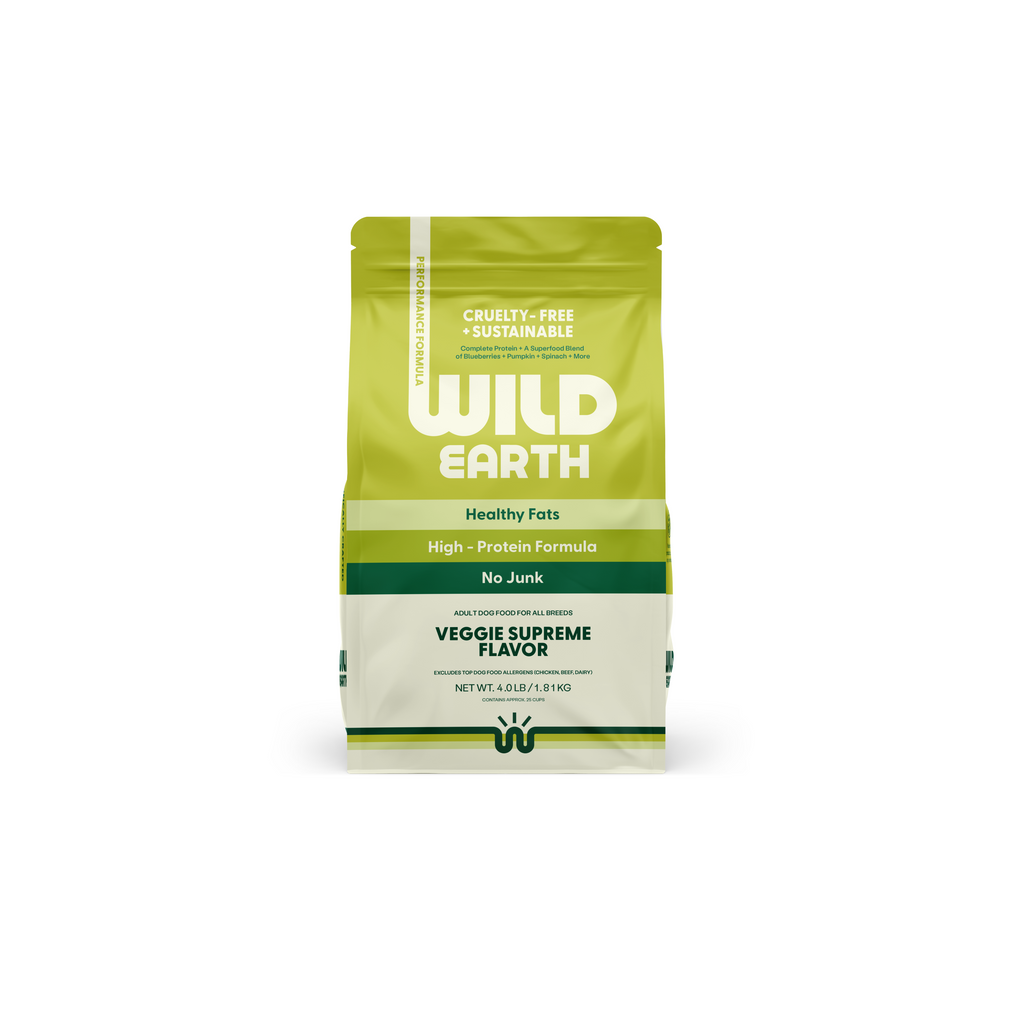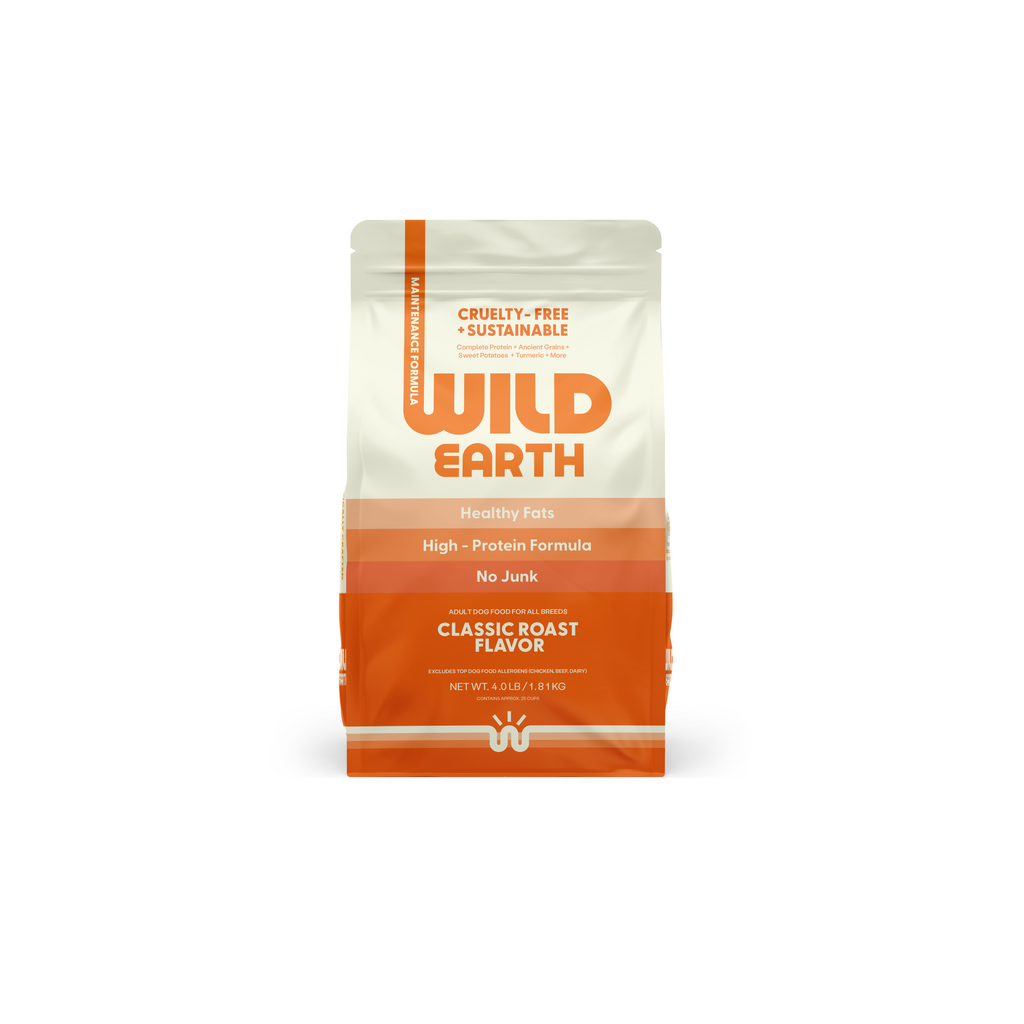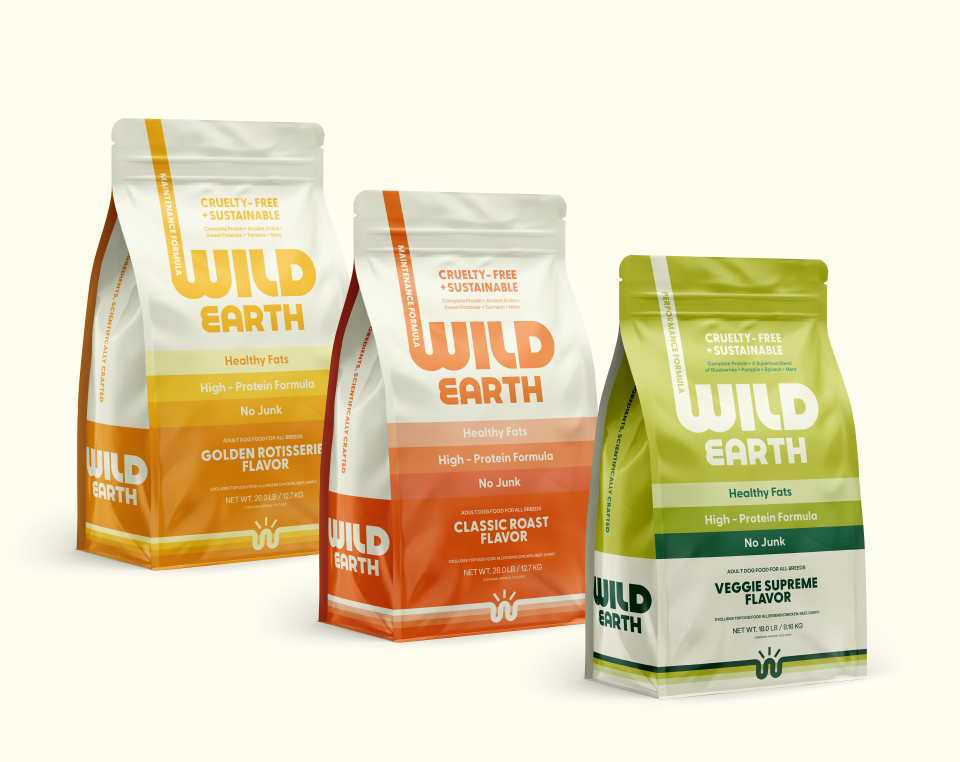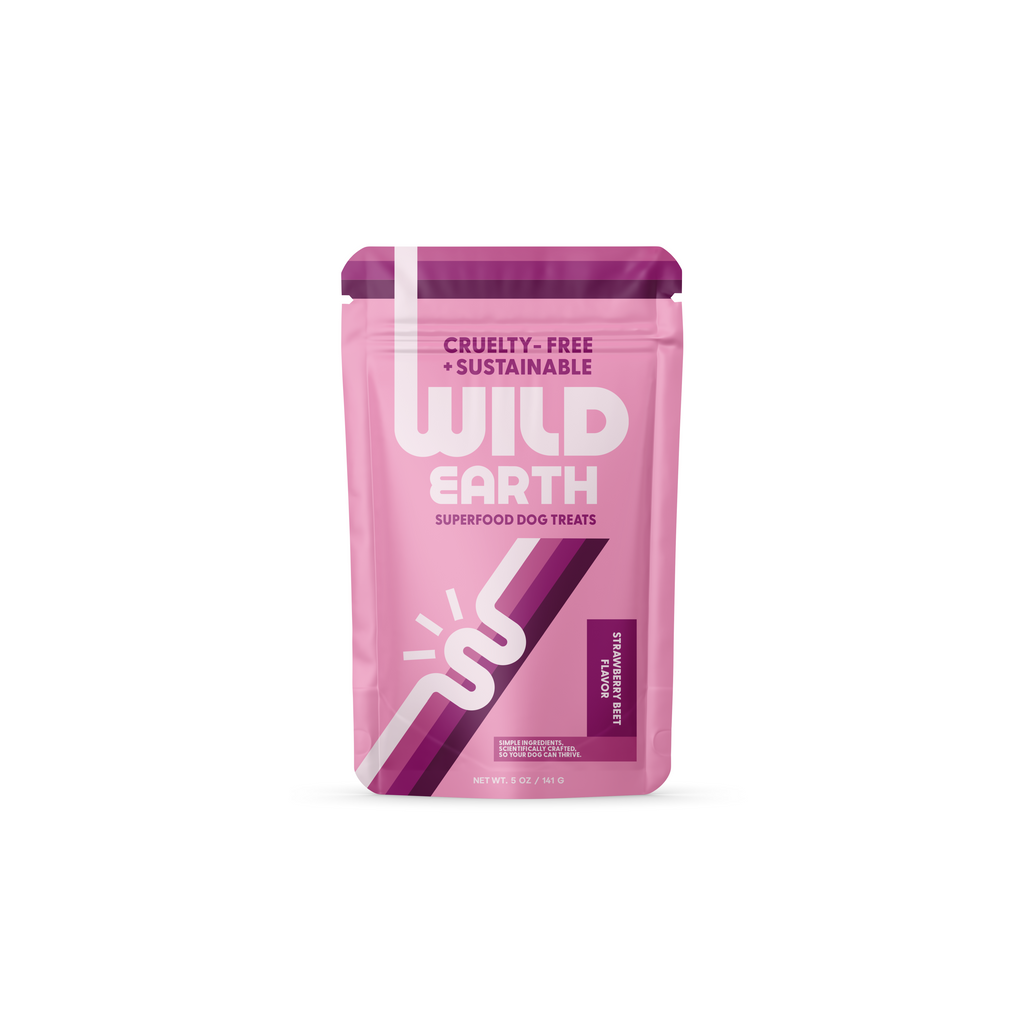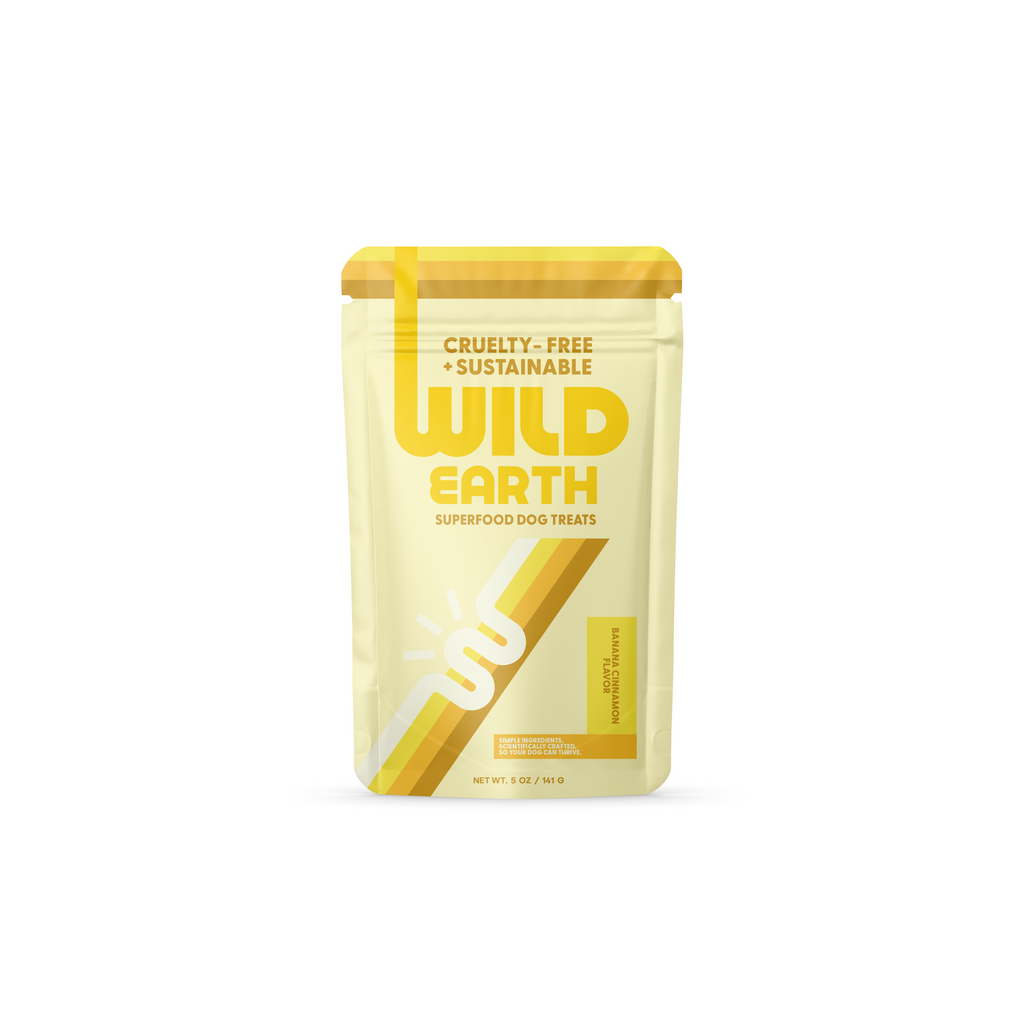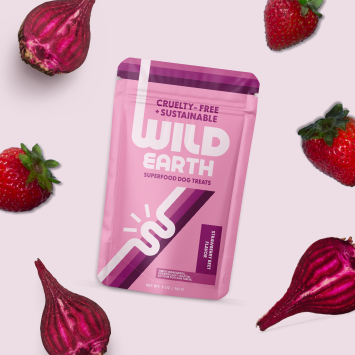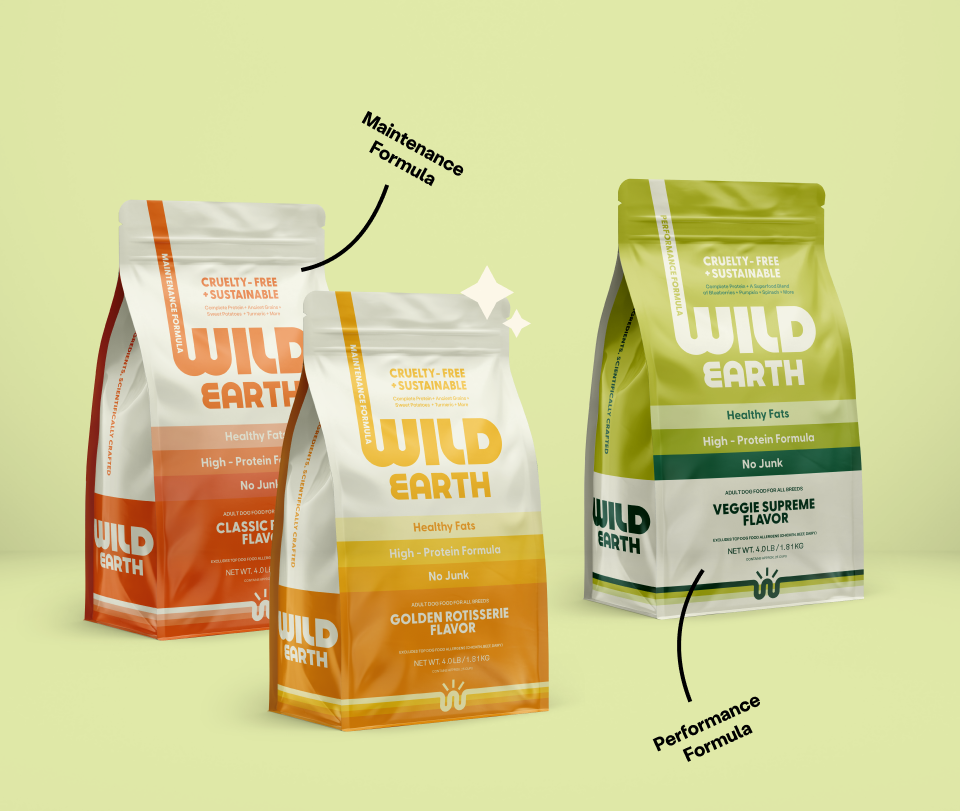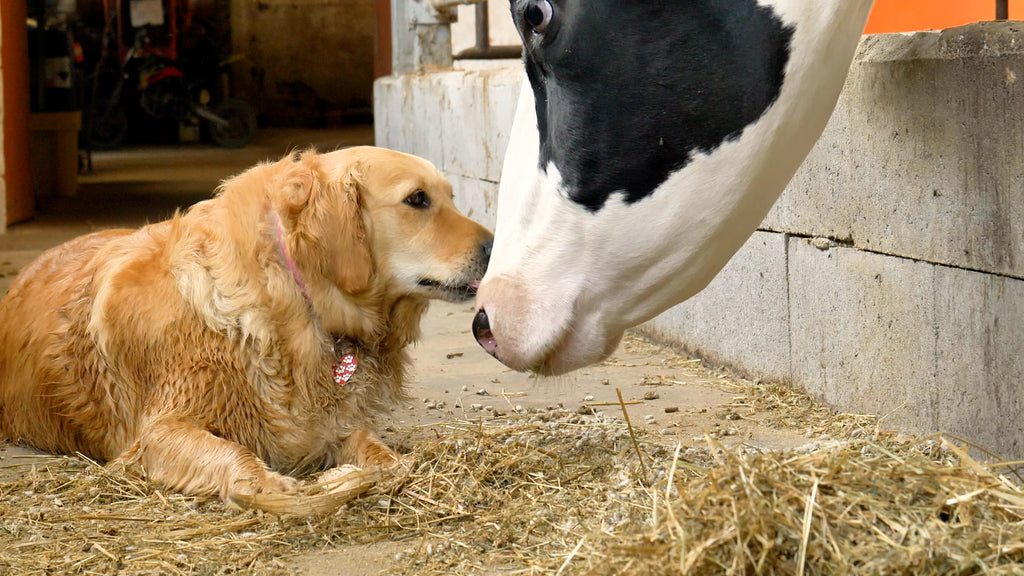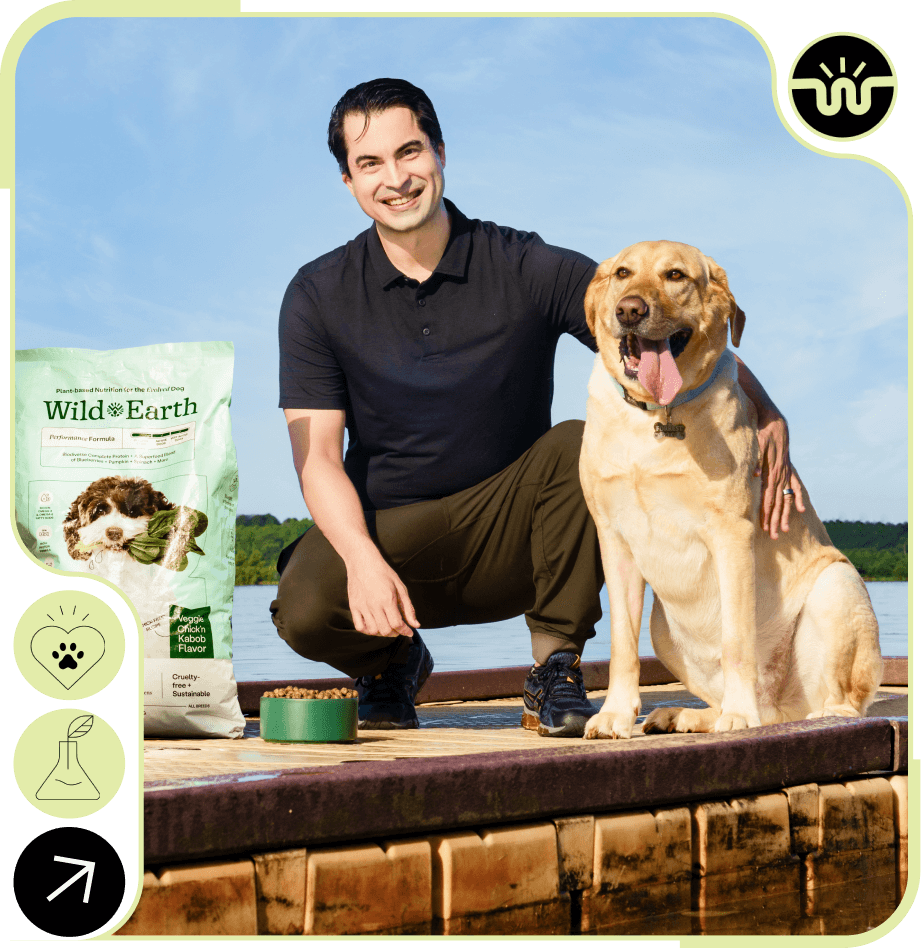
Common Challenges of Transitioning a Dog to a Vegan Diet and How to Overcome Them
Summary
- Transition your dog to a vegan diet gradually over 2–6 weeks to prevent digestive issues and improve food acceptance.
-
Always choose AAFCO-approved vegan dog food to ensure complete, balanced nutrition.
-
Key nutrients like taurine, vitamin B12, and omega-3s must be included to support heart, nerve, and coat health.
-
Dogs with heart disease (including DCM), pancreatitis, high-protein needs, or older dogs may need tailored diets and closer monitoring.
-
Regular vet checkups and bloodwork help confirm nutrient adequacy and long-term safety.
-
With proper formulation and care, many dogs can thrive on a balanced vegan diet that supports both health and ethics.
Switching your dog to a vegan diet is a big step. Many pet parents choose plant-based food for cleaner ingredients, health reasons, or ethical concerns. But dogs are creatures of habit, and their digestive systems and nutritional needs require careful consideration. With patience, planning, and the right food, the transition can be smooth.
Using high-quality, AAFCO-approved vegan dog food, such as Wild Earth, can help ensure your dog gets complete nutrition, while guidance from your veterinarian helps reduce potential risks.
What Challenges Can You Expect?
Dogs may hesitate with new textures or scents, and their digestive systems may need time to adjust. Common challenges include:
-
Refusal to eat the new food
-
Digestive upset, such as gas, diarrhea, or loose stools
-
Nutritional concerns, especially regarding essential amino acids, vitamins, and fats
Knowing what to expect can reduce stress for both you and your dog.
How to Make Sure Your Dog Gets Complete Nutrition
Dogs need specific nutrients in the right amounts to stay healthy. Missing even one essential nutrient can cause long-term issues.
Key nutrients to monitor in a vegan diet:
-
Taurine – supports heart health
-
Vitamin B12 – supports nerve function
-
Omega-3s – support coat, brain, and joint health
How to keep meals balanced:
-
Use AAFCO-approved vegan dog food
-
Consult your vet, especially if your dog has health conditions.
-
Avoid homemade vegan diets unless guided by a veterinary nutritionist.
Note: Some nutrients from plant sources may not be as bioavailable as animal sources. Supplementation under veterinary guidance is often required. At Wild Earth, these nutrients are provided through high-quality, bioavailable, plant-based sources that deliver everything your dog needs.
What If Your Dog Refuses to Eat Vegan Food?
Dogs rely heavily on smell and texture. Plant-based kibble may seem different at first but that doesn’t mean it’s less tasty, just unfamiliar.
Tips to encourage acceptance:
-
Introduce the new food gradually by mixing small amounts with their old food, increasing over 2–6 weeks.
-
Add safe flavor boosters like pumpkin puree, low-sodium veggie broth, or nutritional yeast.
-
Make mealtime fun with puzzle feeders or snuffle mats to encourage curiosity and positive association with the new food.
How Do You Manage Digestive Upset During the Transition?
Moving to a higher-fiber, plant-based diet too quickly can cause temporary gas, diarrhea, or loose stools. This usually means you’re changing the food too fast.
4 Ways to Manage Transition:
-
Transition slowly. If you notice any symptom, pause for a few days before adding the new food again.
-
Monitor stool and appetite daily. Persistent issues may mean slowing down even more.
-
Support digestion naturally by adding a spoonful of plain pumpkin puree or a pinch of ground fennel to help soothe the gut.
-
Consult your vet if symptoms persist or worsen.
What If Your Dog Develops Skin or Allergy Issues?
Many pet parents turn to vegan food to reduce allergy symptoms, so it can be confusing if new ones appear.
Some dogs can be sensitive to specific plant proteins such as soy, peas, lentils, or wheat, though they’re far less common than animal protein allergies.
How to respond:
-
Be patient as it can take several weeks for your dog’s system to clear old allergens from previous diets.
-
Watch for itchiness, redness, or hair loss.
-
Try limited-ingredient vegan options if needed.
-
Consult your vet before introducing new ingredients.
Wild Earth recipes are crafted to avoid the most common allergens found in conventional dog foods.
Are There Breed- or Health-Specific Concerns With Vegan Diets?
Every dog is unique. Age, breed, and medical history all affect dietary needs.
Dogs Prone to Heart Issues (Including DCM)
Certain breeds, such as Dobermans, Boxers, Great Danes, and Cocker Spaniels, have a higher risk of dilated cardiomyopathy (DCM), a condition where the heart muscle becomes weak and enlarged, affecting circulation and energy levels.
In some cases, DCM has been linked to diets lacking key nutrients like taurine and L-carnitine.
To reduce risk:
-
Choose vegan diets that include added taurine and L-carnitine
-
Have your vet monitor heart health through exams and bloodwork
-
Report any signs of fatigue, coughing, or labored breathing immediately.
Older Dogs
Senior dogs can thrive on vegan diets but may require a slower transition (6–8 weeks) and foods that are easier to digest.
They benefit from higher-quality protein sources, joint-supportive nutrients (like glucosamine and omega-3s), and routine vet monitoring for kidney, heart, and mobility health.
Dogs With Pancreatitis or Higher Protein Needs
Dogs with pancreatitis may need lower-fat foods, while highly active dogs need higher protein density. Your vet can recommend the right feeding plan for your dog’s energy level and condition.
General Advice:
-
Discuss supplementation with your vet.
-
Schedule regular bloodwork. It helps confirm that all nutrient levels remain optimal.
-
Choose food tailored to your dog’s health profile.
How Can Pet Owners Monitor Their Dog’s Health After Switching?
Your best tools are observation and consistency.
Signs Your Dog is Thriving:
-
Shiny coat
-
Steady weight
-
Good energy
-
Consistent stool.
When to Call Your Vet: Persistent vomiting, fatigue, or skin issues.
Regular veterinary checkups and lab work are essential to ensure ongoing nutritional adequacy.
What Role Do Environment and Behavior Play in the Transition?
Sometimes, the issue isn’t the food. It’s stress.
Other times, routine changes, such as moving homes, adding new pets, or daily schedule changes can trigger digestive issues.
Prevention:
Keep your dog’s feeding area calm, maintain familiar routines, and surround them with familiar comforts like their favorite toys or bed during the transition.
Conclusion
Transitioning your dog to a vegan diet takes patience, careful planning, and close monitoring. Using AAFCO-approved vegan dog food and working closely with your veterinarian ensures that your dog receives complete, balanced nutrition while minimizing risks. However, individual responses vary, so observe your dog carefully and adjust as needed.
Frequently Asked Questions
Can dogs really thrive on a vegan diet?
Yes. Dogs can meet their nutritional needs on a carefully formulated, vet-approved plant-based diet. Individual responses vary, so ongoing monitoring is essential.
How long does it take for a dog to adjust?
Digestive changes usually resolve within 2–6 weeks. Noticeable benefits like improved coat or reduced itching may appear in 2–3 months.
Is a homemade vegan diet safe?
Homemade vegan diets are difficult to balance and can lead to nutrient deficiencies. Only attempt under guidance from a veterinary nutritionist.
What if my dog gets diarrhea?
Slow the transition, use safe digestion-friendly toppers, and consult your vet if symptoms persist.
Do senior dogs need a different approach?
Yes. Older dogs may require a slower transition (up to 8 weeks) and more frequent veterinary monitoring of heart and kidney health.






